Shot in the heart of Bomb Alley
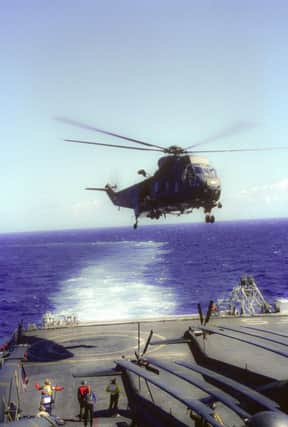

When Terence, who is now 56, initially signed up to the Royal Navy the world seemed a relatively peaceful place. The 10-week war in the Falklands, which began on April 2, 1982, changed all that. However, when the call came few among his colleagues knew much about either the place or the reason for the conflict.
“It was funny really, a lot of the lads thought the Falklands were off the coast of Scotland. In some ways it was quite similar. The landscape looked not unlike the Highlands, but it was colder and bleaker.”
Advertisement
Hide AdAdvertisement
Hide AdIt was also 8,000 miles from home, but after playing his part in quashing the Argentine attempt to establish sovereignty over the British overseas territory, Terence moved on, filing his time in those icy water as just one of life’s experiences.
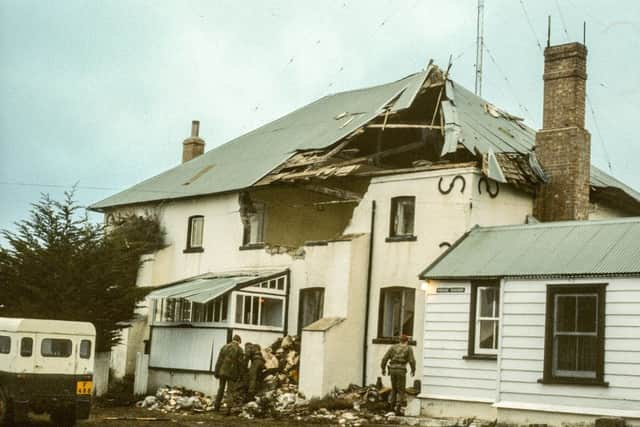

For a while, decades even, that’s how it remained. After leaving the Royal Navy, he studied photography and went on to teach the subject at a nearby high school. Life seemed settled, if busy. He and his wife, who is a business and IT teacher, also bought a farm and began specialising in rare breeds. However, three and a half years ago something changed. Terence can only describe it as a flick being switched. It was one that opened a Pandora’s box of horrors.
“One minute I was fine, the next minute I was anything but,” he says. “My heart was pumping so fast I broke out into a cold sweat, I didn’t know what was happening. I was at school and I knew I had to get out.” That was just the start.
“Every night I would have really vivid nightmares about what had happened in the Falklands and the things I had seen. The days weren’t much better. I had hyperawareness, which meant there were times when I could hear and see myself walking down the street and even the quietest rustle was amplified.”
Advertisement
Hide AdAdvertisement
Hide AdIt was Terence’s GP who diagnosed him with post-traumatic stress disorder and referred him to the veterans’ mental health charity Combat Stress. He was given sessions of cognitive behavioural therapy, but when that proved unsuccessful he tried eye movement desensitisation and reprocessing which he believes has been key in his recovery.
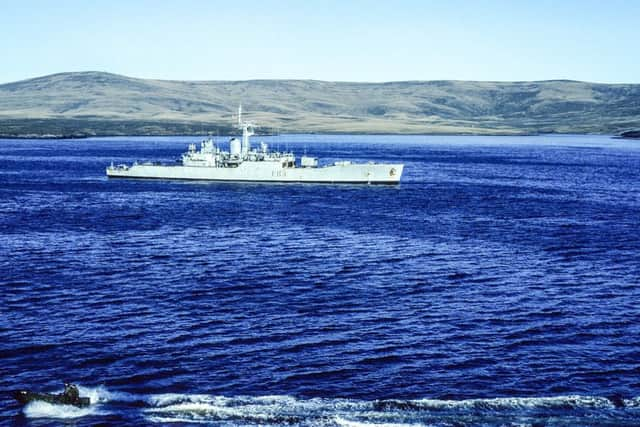

“If you watch a child going to sleep, right before they drop off you see their eyes flickering repeatedly. At that point they are sorting out the good memories from the day and getting rid of the trash. It was first used in America when the troops started coming back from the Vietnam War and it has been a big help to me.”
As part of his therapy he was also encouraged to talk about his experiences and it was then that he remembered the photographs that he had taken while onboard HMS Fearless, which had lain at the back of a cupboard at his home for more than 30 years.
“I’ve always been a keen photographer, it was something I started doing at school. Everywhere I went I took my camera and it came with me to war. I’m sure these days that it would have been confiscated but I asked my superior officer if he was OK if I took a few photographs and he said yes.”
Advertisement
Hide AdAdvertisement
Hide AdTerence took around 100 images in all which chronicle everything from life onboard HMS Fearless to the sea battles and Port Stanley just after liberation.
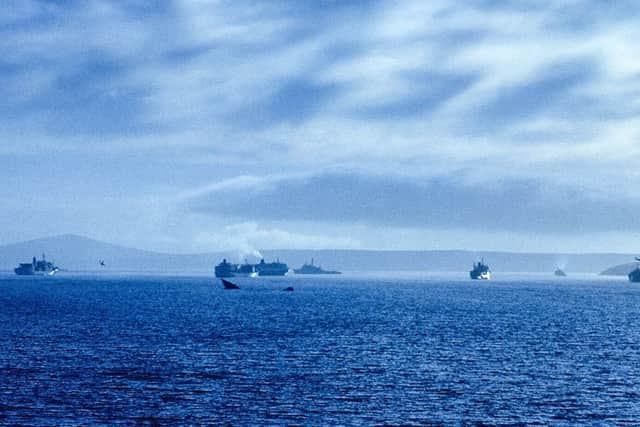

“While we were young, we had also been trained to fight and the British armed forces are the best in the world. Our enemy hadn’t been trained, they were conscripts and the equipment they had been given often let them down.
“ The war hadn’t been easy for anyone, but it had been particularly hard for some of the Argentine soldiers, who had spent it living in little more than mud bunkers.
“When we arrived at Stanley, we saw the bodies of Argentinian soldiers laid out in a temporary morgue. At the time I don’t think it really registered with any of us, we just got on with what we were doing. However, now I’m a dad and grand-dad, I know that those bodies were someone else’s sons.”
Advertisement
Hide AdAdvertisement
Hide AdFor much of the conflict, HMS Fearless was anchored in San Carlos. It was known as Bomb Alley with good reason and one of Terence’s most iconic photographs is of HMS Antelope. He captured the ship’s wreckage just before it disappeared beneath the waves on a crisp May morning after being broken in two by a 500lb bomb.
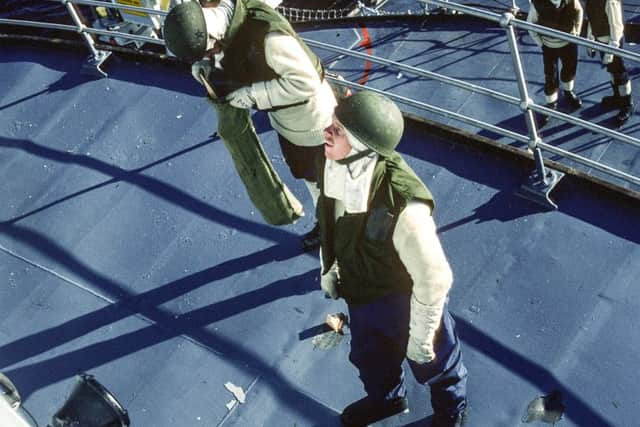

“At first glance, it looks like a relatively calm scene, doesn’t it?” he says. “It was anything but. War is noisy and dirty. When the Argentinians launched an attack the first thing you’d hear was the roar of the fighter planes overhead. The Antelope was hit at night, but all we could see were the lads in the water. It could have been worse. That night all 41 crewmen got out, but not everyone was so lucky.”
By the Argentine surrender on June 14, 649 of their military personnel had died. British losses totalled 258, including three Falkland Islanders.
“It was probably the last mechanical war. These days we have become so used to rolling news footage taken by embedded journalists in Iraq and Afghanistan, but during the Falklands it wasn’t like that. If you didn’t happen to catch the news at 6pm or pick up a morning paper you wouldn’t know what was going on.
Advertisement
Hide AdAdvertisement
Hide Ad“Margaret Thatcher apparently wasn’t keen on having official war photographers out there and someone has told me that only a couple of hundred images taken of the actual conflict were actually transmitted to British newspapers during the actual conflict.
“As a weapons electronic mechanic, my job was to maintain the teleprinters which allowed ships to communicate with each other. When I wasn’t needed, I had permission to go onto the deck and no one seemed to mind that I was taking pictures.
“By the time we got to Stanley I had various rolls of film. The post mistress offered me a cup of coffee and a bacon sandwich and I asked her once the postal service was back up and running again if she would mind sending them on for me. She said yes, it really was as simple as that.”
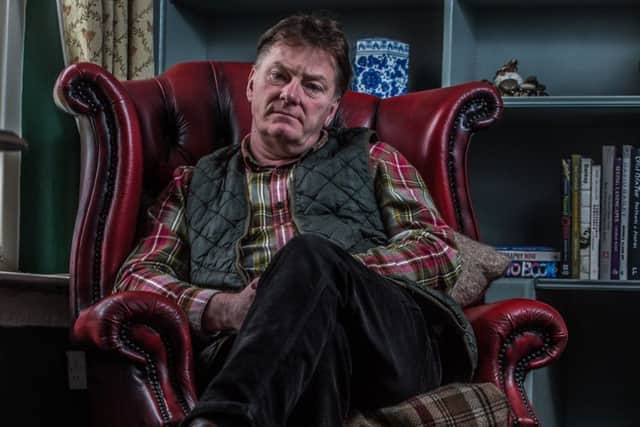

When Terence eventually arrived back home, he gave the images that he had taken little more than a cursory glance, but 35 years on they are helping him to deal with his PTSD.
Advertisement
Hide AdAdvertisement
Hide Ad“The first time I took the pictures out and looked at them it was incredibly emotional, but they tell the story of my war.”
Terence left teaching and for a while was also unable to leave the house. Today things are improving. While he still has bad days, he is now an associate of the Royal Photographic Society and is teaching photography to the veterans of The Beacon, a housing charity for homeless ex-service personnel based at Catterick Garrison.
“They come to the farm, some want to look after the animals, some want to take photographs and some want to drink tea,” he says. “All I want is for them to feel safe because I know how terrifying it is when you don’t.”
Watch Terence Lehaney talking about his experiences at yorkshirepost.co.uk